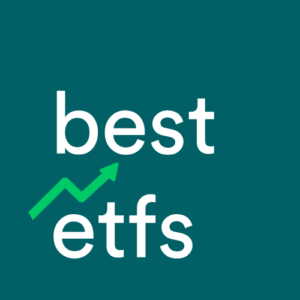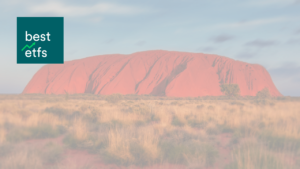Got your analyst shoes on today? The iShares Edge MSCI Australia Multifactor ETF (ASX: AUMF) and iShares S&P/ASX Dividend Opportunities ETF (ASX: IHD) are two ASX ETFs operating in the Australian shares sector, and aiming to make investing as simple as possible.
What does the AUMF do in a portfolio?
The iShares AUMF ETF provides investors with the performance of MSCI Australia IMI Diversified Multiple Factor (AUD) Index, before fees and expenses. This index is composed of Australian equities that have favourable exposure to four target style factors (quality, value, size and momentum).
As at the end of last month, the AUMF ETF had $15.07 million of money invested. Since its funds under management (FUM) or ‘market cap’ figure of less than $100 million, it’s important to consider if this ETF is still too small. At Best ETFs we say an ETF with more than $100 million invested is typically more sustainable than one with less than $100 million (at least). However, there are exceptions to this rule of thumb, especially if the ETF issuer/provider is committed to growing the ETF’s FUM to the point where it becomes profitable.
Fees & costs
The yearly management fee on the AUMF ETF is 0.3%. The issuer, iShares, takes this out automatically.
What this fee means is, if you invested, say, $2,000 in the AUMF ETF for a full year you could expect to pay management fees of around $6.00. These fees would be automatically deducted from your investment. This does not include any performance fees, and it’s different from the fee you pay to your brokerage provider (e.g. CommSec, NabTrade, SelfWealth, etc.) to buy or sell the ETF. Importantly, you should also be mindful of the ‘spread‘ for the ETF.
Is the ETF too expensive?
The easiest way to know if the ETF is too costly is to compare it with other ETFs in the same sector, and against the industry average. The average management fee (MER) across all of the ETFs covered by Best ETFs Australia is 0.54%, which is around $10.80 per $2,000 invested. Keep in mind, small changes in fees can make a big difference after 10 or 20 years. What’s more, you should read the AUMF Product Disclosure Statement (PDS) because it has the complete and updated information on all fees.
The AUMF ETF might be one for the watchlist, but if you want to access our full ETF review, simply click here to get our full report – it’s free.
[ls_content_block slug=”article-advertising-block-2″ para=”paragraphs”]
The ins-and-outs of the IHD ETF
Investors looking for exposure to 50 high yielding Australian companies, may find the iShares IHD ETF of interest. This is a low-cost way to access high-yielding Australian companies through a single fund.
At the end of April 2020, IHD’s FUM stood at $256.26 million. With IHD’s FUM over $100 million, we say the ETF has met our minimum criteria for the total amount invested. However, in reality, a very sustainable ETF in the Yield/income sector should be able to scale well beyond that amount.
Are IHD’s fees too high?
iShares charge a yearly management fee of 0.3% for the IHD ETF. Meaning, with $2,000 invested for 12 months you can expect to pay a base management fee of around $6.00.
The management fee is above the average for all ETFs on our radar, but keep in mind the ETF may be able to justify it.
Choosing between ETFs might seem easy, but it’s important to try and get it right the first time so you don’t end up having to chop-and-change positions (and potentially pay tax). To make your life a little easier, if you’re looking at the AUMF ETF, consider clicking here to access our comprehensive investment report. It’s free.
[ls_content_block id=”4954″ para=”paragraphs”]




